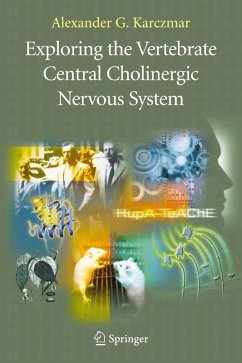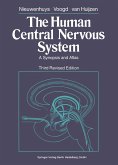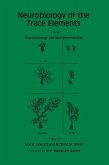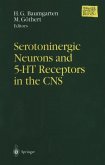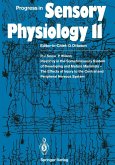The volume's eleven chapters cover a wide variety of topics including the complexity of synthesis of acetylcholine, cholinesterases, cholinergic teratology, anticholinesterase agents, clinical use of cholinergic drugs, central cholinergic pathways and behaviors with cholinergic correlates. The figures and diagrams help illustrate various subjects and its photographs of "cholinergikes" of the past and present bring a personal note to the book. The book illustrates the peaks that have been reached in the course of the history of cholinergic research and challenges the perennial frontier of human science: the understanding of ourselves.
"...This reactivated my synaptic circuitry devoted to science and history....Exploring the Vertebrate Cholinergic Nervous System is a impressive picture of one century of cholinergic adventure..."
--Yves Dunant, University of Geneva
"I have long believed that the 'cholinergic saga' needs to be told, and no one is better equipped to do that than Alex Karczmar."
--Larry Butcher, University of California, Los Angeles
Dieser Download kann aus rechtlichen Gründen nur mit Rechnungsadresse in A, B, BG, CY, CZ, D, DK, EW, E, FIN, F, GR, HR, H, IRL, I, LT, L, LR, M, NL, PL, P, R, S, SLO, SK ausgeliefert werden.

